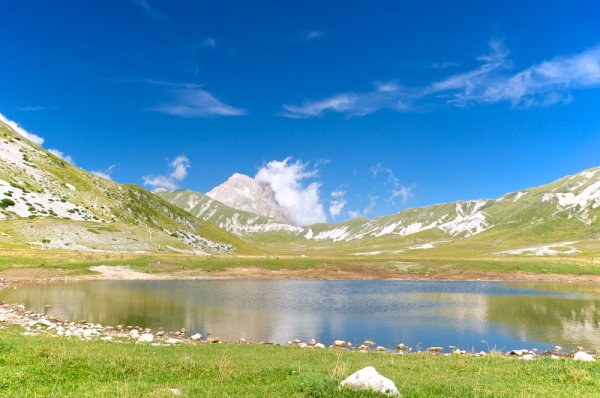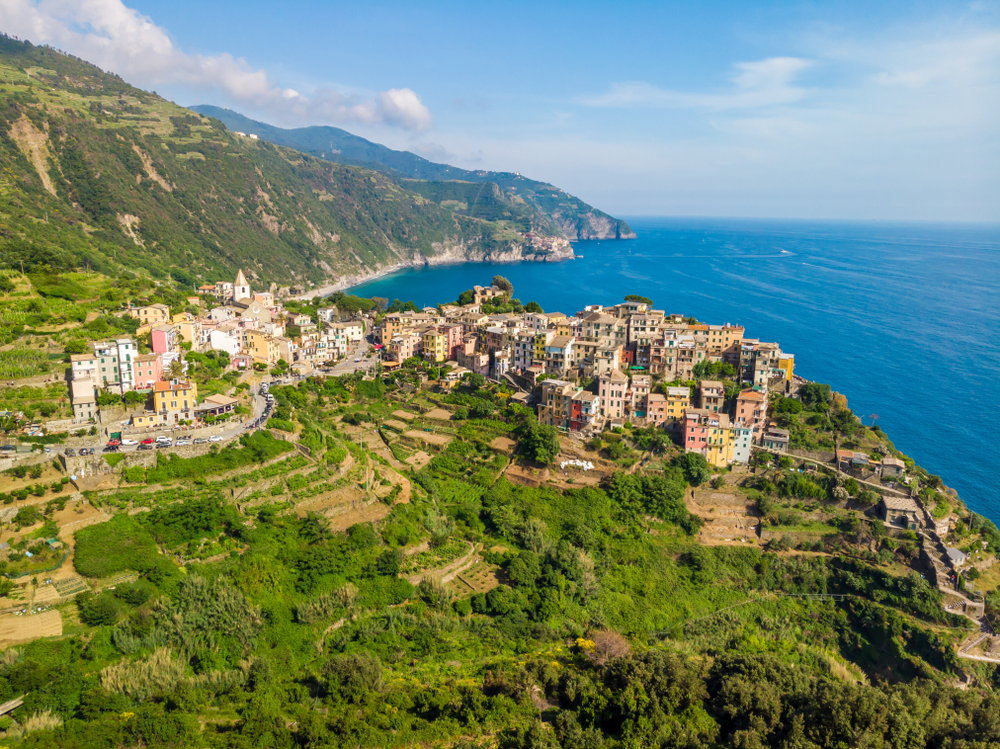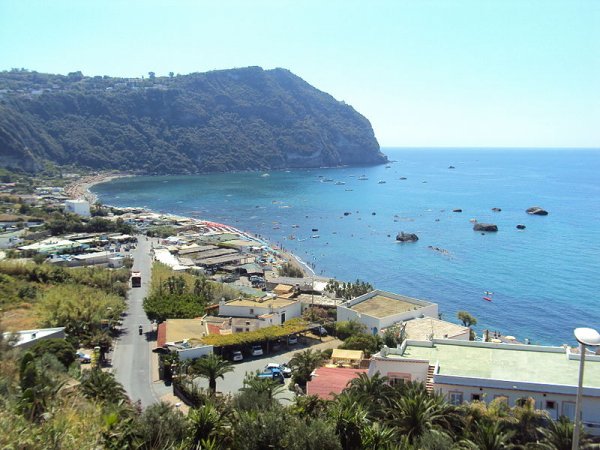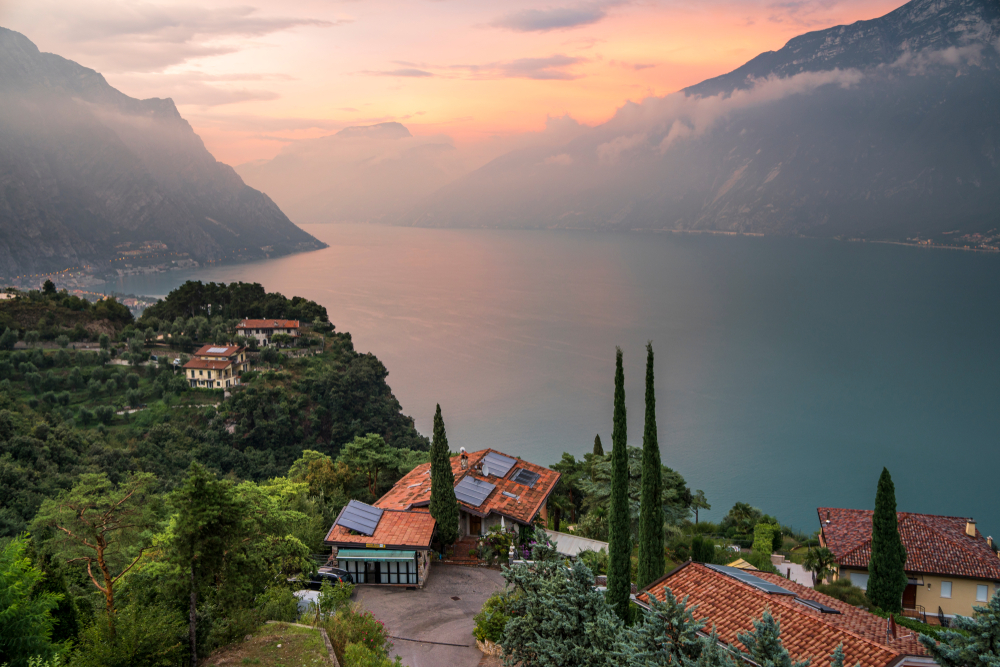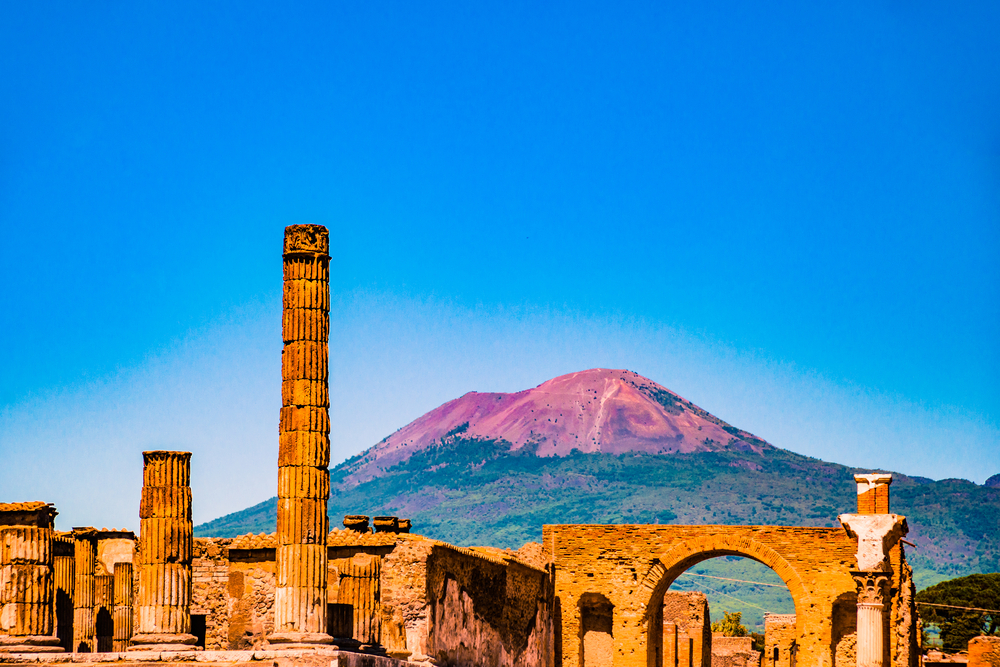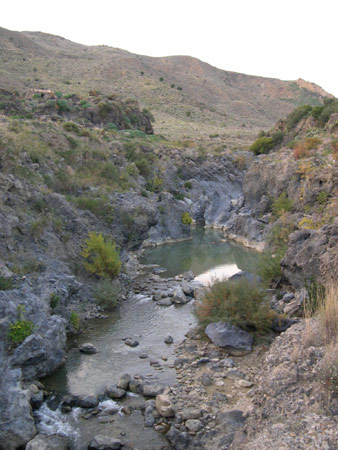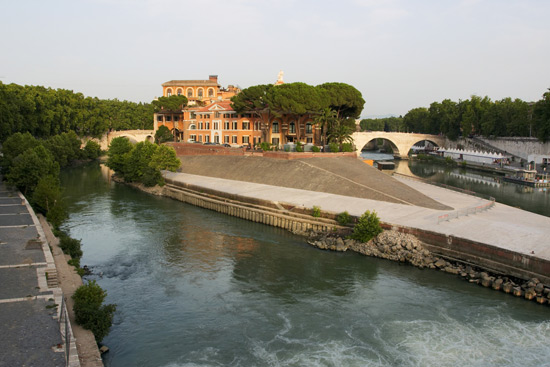Points of Interest
Abruzzo National Park
Viale Santa Lucia Pescasseroli, L'Aquila, Frosinone, and Isernia 67032 Italy
The Abruzzo National Park was founded in 1923. Although a major portion of the park area lies in Abruzzo, its expanded area includes the nearby towns of Lazio and Molise. The park's dominant vegetation cover consists of beech, which covers over 60 percent of the terrain, and exotic species like black pines, mountain pines, and silver birch. Wildlife includes brown bears, wolves, red and roe deer, polecats, badgers, otters, weasels, moles, hedgehogs, and a host of other animals. Among the birds, the golden eagle can often be seen patrolling the skies in search of prey. The park houses more than 2,000 species of plants including exotic species like the lady's slipper, a yellow and black orchid.
Amalfi Coast
Costiera Amalfitana
Amalfi, Campania
Italy
The Amalfi coast is a stretch of coastline that lies between the towns of Positano and Vietri sul Mare. Along the coastline is a series of curves, small inlets, beaches, hidden bays, and picturesque towns that, together, make for spectacular views. The view is enhanced by the stark but beautiful contrast between the pristine blue waters of the sea and the lush green landscape of the coast's mountains and hills. The beauty of the coast can be enjoyed either from the sea (using a ferry service that travels between Salerno and Positano towns) or by using the road that snakes between the coast's rocks. The views are particularly breathtaking during sunset.
Boboli Gardens
Giardino di Boboli 1 Piazza Piazza dei Giudici
50122 Florence, Italy
Established by the wealthy Medici banking family of Florence, Boboli Gardens features statues, fountains, and artificial caves called grottoes. Wander all the sights of the garden that became a model for royal courts throughout Europe. Offering a vast green space within the city, kids can toss a coin into the Fountain of the Ocean before you set up a family photo in front of the 18th century, rounded pavilion called the Kaffeehaus. There also is the Lemon House, home to hundreds of historic citrus plants collected by the Medicis. Terraced areas, a botanical garden, a branched archway, a central reflecting pool, and more, provide for a lovely natural escape and place to relax or enjoy a picnic. The gardens' popular attractions include masterpieces like The Prisoners by Michelangelo (though the version currently here is a replica, not the original), Bathing Venus by Giambologna, and the 18th-century Paris and Helen by Vincenzo de Ross. From its entrance behind the Palazzo Pitti (Pitti Palace) the garden gradually slopes upward; be sure to look back toward the palace as you near the top for a grand view of the central city beyond.
Cinque Terre
Five Lands West of La Spezia
Liguria, Italy
Cinque Terre (Five Lands) is a group of five coastal villages that, along with the coastline and the surrounding hills, lie within a national park of the same name. The villages, from west to east, are Monteresso al Mare, Vernazza, Corniglia, Manarola, and Riomaggiore. Transportation between the five islands is by either ferry or a train service, which links the five villages and runs mostly through tunnels, offering clear but intermittent views of the Mediterranean Sea. Trails connect each of the villages and range from easy walks to steep climbs surrounded by olive orchards and vineyards. The trails provide visitors with great views of the bay and surrounding areas.
Cinque Terre National Park
Parco Nazionale delle Cinque Terre La Spezia
19017 Liguria, Italy
The park was established in 1999 encompassing an area of 3,860 hectares (9,538 acres) including five villages and their surroundings. The park's terrain includes a rocky landscape and a few sandy beaches filled with pebbles. Its linear coast features jagged areas, including inlets, promontories, and caves. The park was created to preserve the natural environment of the area's marine and plant life, including the 1,000-year-old terraced hillsides where some of Italy's finest vineyards are cultivated.
Citara Beach
Spiaggia di Citara Forio
Ischia Island, Italy
The Romans reportedly named this beach as a tribute to Venus Citarea, whose marble statue was found in the area. The chief attraction at the beach is the Poseidon Thermal Garden, which is furnished with sea and thermal water springs. The numerous thermal springs, with their high temperatures and rich, varied mineral content, are used to treat many chronic ailments related to bones, muscles, and the ears. At present, there are about 22 thermal pools equipped with modern amenities at the beach. In addition, the beach contains a Roman sauna, large private beach, a restaurant located in a beautiful grotto made of local tuff-stones, and a host of other eateries.
Grand Canal
Canal Grande Venice, Italy
The Grand Canal divides the city of Venice into two parts, de citra (this side) and de ultra (other side). The canal has an average depth of five meters (17 feet), and runs through almost the entire city. It is flanked by many beautiful palaces and churches. Three bridges, the 16th-century stone Rialto Bridge, the wooden Accademia Bridge (built in 1854), and a stone bridge at the Venice railway station (built in 1932), connect the two banks. The Grand Canal is the chief waterway in Venice, and major forms of transport include water buses and water taxis. A highly popular tourist activity at the canal is taking a serene, romantic traghetto (gondola) ride.
Lake Garda
Lago di Garda Brescia and Verona, Italy
Lake Garda, the largest lake in Italy, is located in an alpine region and was formed by glaciers at the end of the Ice Age. The northern periphery of the lake is surrounded by mountains. On the south is the ancient fortified town of Sirmione, a popular tourist destination filled with spas, bars, and boutiques. Lake Garda has five islands and many tributaries, the main being the Sarca River, while the solitary outflow is the Mincio river. Near the town of Sirmione, towards the south end of the lake, tourists can find hotels, restaurants, fashion stores and markets.
Mount Vesuvius
9 kilometers (5.6 miles) east of Naples, Italy
Many children may already know about the volcano that erupted in 79 CE and destroyed the ancient city of Pompeii. But a hike up its face will truly capture their imagination in a way no schoolbook can. Despite the fact that Vesuvius remains an active volcano—erupting about 40 times in the past 2,000 years—this is a safe activity that gets the whole family moving. Modern technology can predict an eruption two weeks in advance, so rest assured and know that the stunning views from the top will be worth it. The hike is moderately difficult and takes 30–60 minutes. Climb the switchbacks and stairs, getting views of hardened lava until the trail ends at the crater, where you’ll see the entire city and Bay of Naples. You can drive to the lower parking lot or take a public bus that leaves every 40 minutes from the Ercolano Scavi station. There also are private tours offered through several Naples companies, most including tours of Pompeii ruins.
Riserva Naturale Orientata
Via Novaluce 67 Tremestieri Etneo
Sicily, Catania, Italy
Located 20 kilometers (12 miles) south of the city, this wetland was once a tiny part of a much larger coastal ecosystem stretching out beneath Catania. During the postwar period, ornithologists registered the habitat as an extraordinary home of migratory birds. But it wasn't until 1984 that Sicilian nature lovers managed to get the reserve designated as a protected area. More than 50 illegally built houses were subsequently destroyed to make way for nearly 2,000 hectares around the mouth of the river Simeto, all earmarked for the nature park. The salt marsh and dunes house a variety of birds and beasts. Among the winged species are travelers such as the egret, black-tailed godwit, curlew, golden plover, oystercatcher, avocet, and shelduck. More permanent residents include the bittern, linnet, reed warbler, and the lark. Lucky visitors may also be able to spot barn owls, weasels, foxes, and freshwater turtles.
Tiber Island
Isola Tiberina Lungotevere degli Anguillara and Lungotevere de' Cenci In the Tiber River
Rome, Italy
Isola Tiberina (Tiber Island) sits in the Tiber River between the Jewish Ghetto and Trastavere. A temple to Aesculapius, a god associated with healing and care of the sick, was erected here in 293 BCE. The Basilica of St. Bartolomeo was built over the temple in the 10th century CE; its tower still stands. The island is home to a Christian hospital that carries on the healing tradition. It is accessible from Trastavere by the Ponto Cestio (Cestio Bridge), dating from 46 BCE, but almost completely rebuilt in the 19th century. From the opposite bank, cross the Ponte Fabricio, a stone footbridge was built in 62 BCE. It is Rome's oldest surviving bridge, and has withstood earthquakes, floods, and two thousand years of foot traffic pretty much intact. Crossing it is almost literally like stepping back in time.
Copyright © 1993—2024 World Trade Press. All rights reserved.

 Italy
Italy 